house wrap in the basement
naturelle
17 years ago
Related Stories
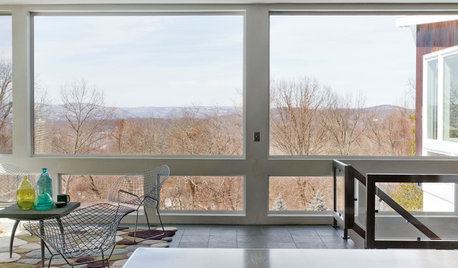
HOUZZ TOURSMy Houzz: A Classic Midcentury Home Wrapped in Windows
A couple's 4-year restoration and renovation results in a bright look for their wood-paneled house in New York
Full Story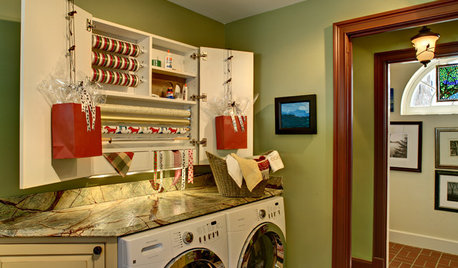
HOLIDAYS9 Ultimate Gift Wrapping and Crafts Stations
Ribbons spooling through an open door; colored paper nipping at your nose — workstations like these make the holiday season even brighter
Full Story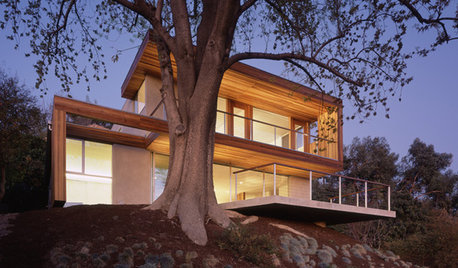
ARCHITECTURERibbon Houses, Wrapped in Style
Bold Continuous Lines Unify Floors, Walls and Ceilings
Full Story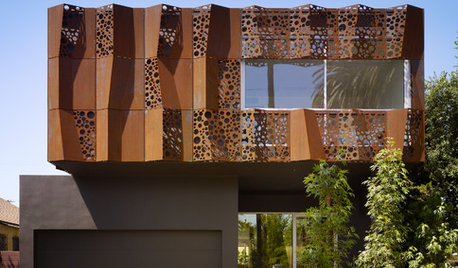
CONTEMPORARY HOMESHouzz Tour: Dappled Light Inspires Artistic Wrapping
Cor-Ten cut with circles mimics the effect of a massive pine tree’s canopy, for a striking look inside and out
Full Story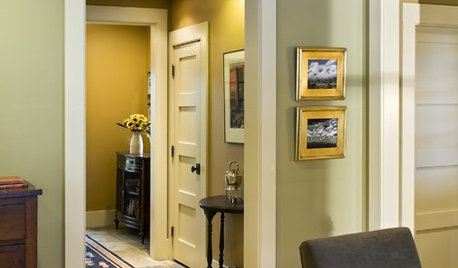
REMODELING GUIDESArchitect's Toolbox — Trim Wraps Up Style for Rooms
Dynamic 'ribbons' of trim work wonders to provide that important finishing touch and set off your room's architecture
Full Story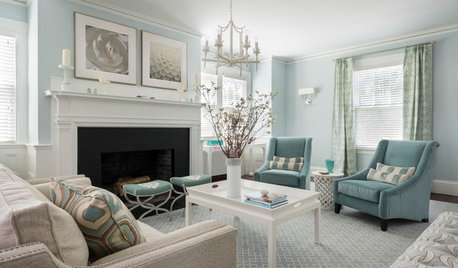
LIVING ROOMSRoom of the Day: Wrapped in Blues and Silvery Hues
Chic and comfortable, this coastal Rhode Island living room honors its classic architecture but keeps things fresh with a cool palette
Full Story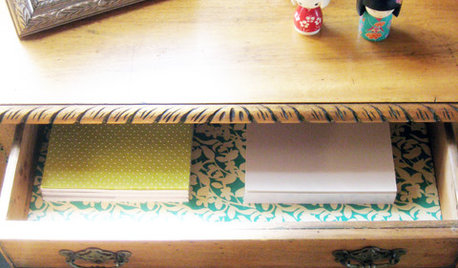
DECORATING GUIDES10 Ways to Reuse Wrapping Paper
Don't just toss your prettiest paper in the trash or recycling bin — gift wrap scraps can make wonderful home decor
Full Story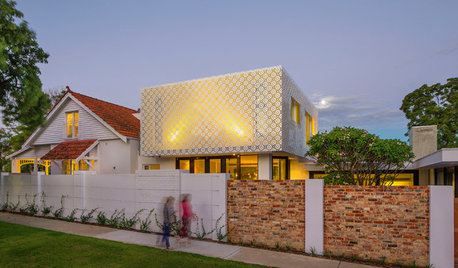
ARCHITECTUREHouzz Tour: A Vintage Home Wrapped Up in a Box
A work-at-home couple completes an eye-catching contemporary renovation that builds on an Arts and Crafts home
Full Story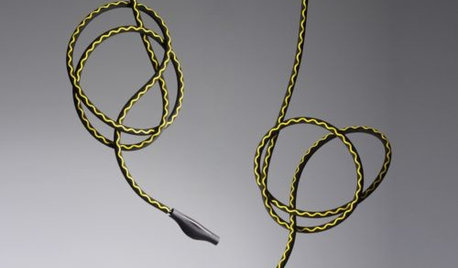
HOLIDAYSHisssss: Get Wrapped Up in the Year of the Snake
Throw your home some welcome curves with sinuous forms and reptilian patterns on all kinds of home decor
Full Story
HOLIDAYSA Fresh and Fun Hanukkah Dessert Table and Wrapping Station
Celebrate the Festival of Lights with gelt pouches, homemade snacks and wrapping supplies as pretty as any party decor
Full StorySponsored
Columbus Design-Build, Kitchen & Bath Remodeling, Historic Renovations
More Discussions






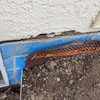

lewisnc100
naturelleOriginal Author
Related Professionals
Barrington General Contractors · Dunkirk General Contractors · Midlothian General Contractors · Millville General Contractors · Texas City General Contractors · Waipahu General Contractors · Joppatowne General Contractors · Palos Verdes Estates Architects & Building Designers · Fort Lauderdale Flooring Contractors · Gallatin Flooring Contractors · Knoxville Flooring Contractors · Lewis Center Flooring Contractors · Palestine Flooring Contractors · Pittsburg Flooring Contractors · Winter Park Flooring Contractorslewisnc100
jdew1920